Culinary Delights: Four London Food Designers You Should Know
By Something CuratedAs well as providing vital nourishment, food and drink have performed important roles in creative movements throughout history. Even in its most modest forms, food is imbued with meaning relative to personal and cultural memory, politics, and, naturally, sensory reaction. Investigating the properties of food as materials in art and experience production, London’s gastronomic inventors, hailing from diverse fields, have created some truly fascinating outputs in recent years. Something Curated takes a look at some of the most interesting culinary design offerings in London today, and the people behind them.
Bompas & Parr || Sam Bompas and Harry Parr
Bompas & Parr describe themselves as an experience design studio specialising in flavour-based experiences, culinary research, architectural installations and contemporary food design. The practice works to experiment, develop, produce and install diverse sensory projects; they are particularly well-known for their jelly artworks and exhibitions. In the past it has created the world’s first flavoured fireworks, entertaining 250,000 people at London’s New Year’s Eve celebrations, an edible nine-hole mini golf course, glow in the dark desserts, and a chocolate climbing wall.
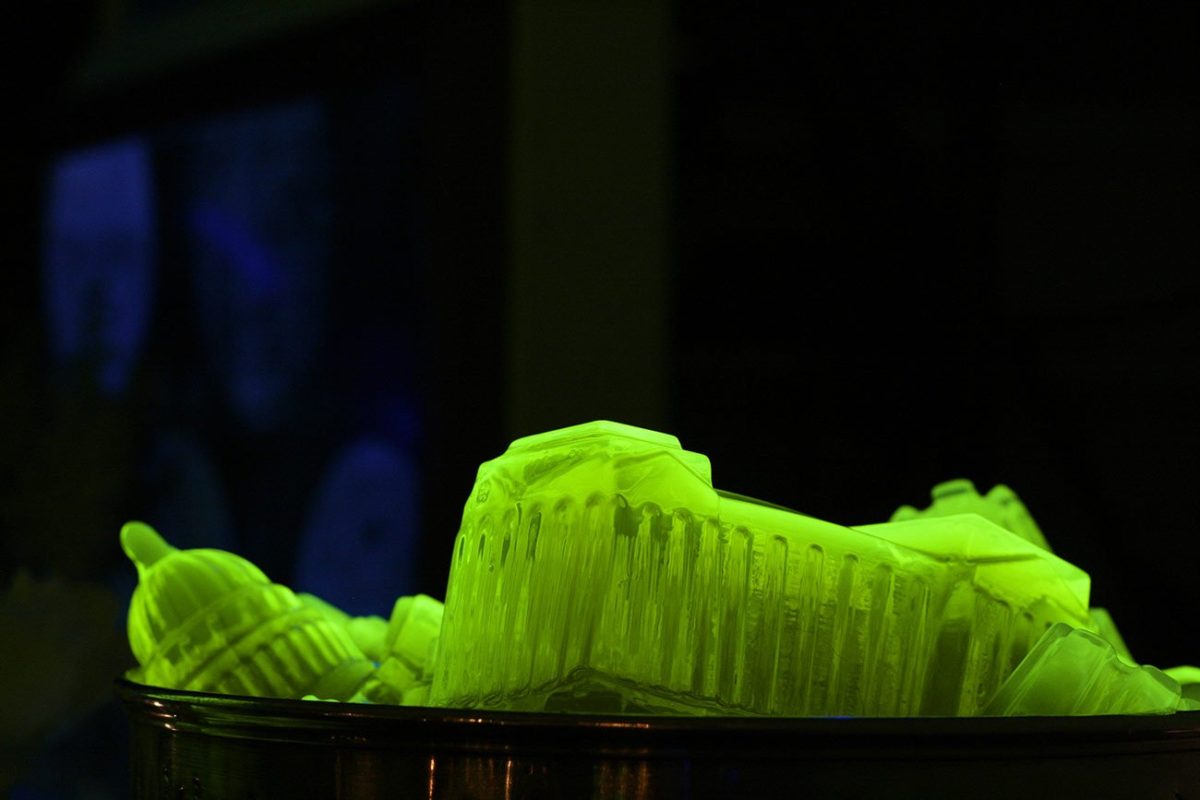
Sam Bompas and Harry Parr first met whilst studying at Eton but it was during university when they discovered their common passion for food. In 2007, they launched Bompas & Parr, the experimental studio based in Southwark. The pair’s ambitious projects are certainly technological accomplishments. For their immersive installation, Alcoholic Architecture, the duo developed a walk-in cloud of breathable cocktail. Located on the site of a former monastery, next to London’s oldest Gothic cathedral, their vaporous concoction was presented as part of a journey that paid tribute to monks that were responsible for creating iconic liquors over the centuries.
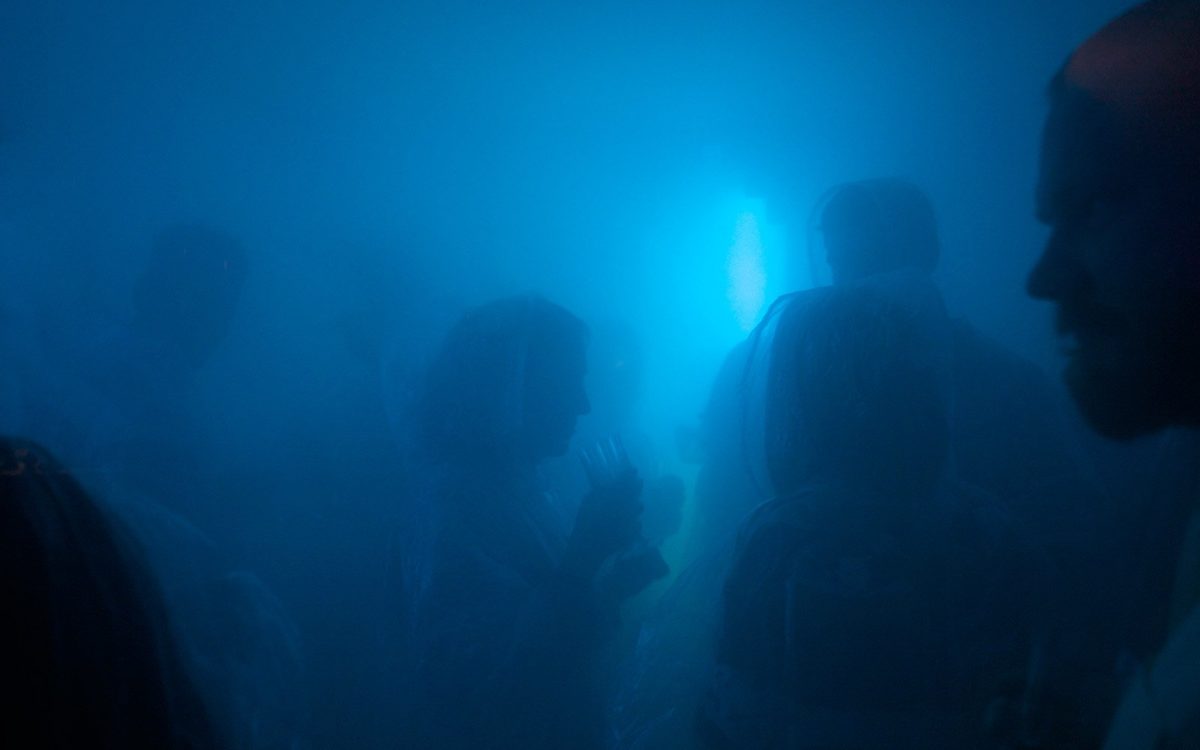
One of their more recent projects for the British Museum of Food, close by to Borough Market, challenges the way visitors look at their dinner plate. After receiving much acclaim, the temporary museum is looking to set up a permanent educational space in the city. To celebrate the studio’s ninth anniversary, Bompas & Parr launched the Jelly Parlour of Wonders in Harrods. The installation represented the first retail range of Bompas & Parr’s unique approach to jelly.
Living Food || Minsu Kim
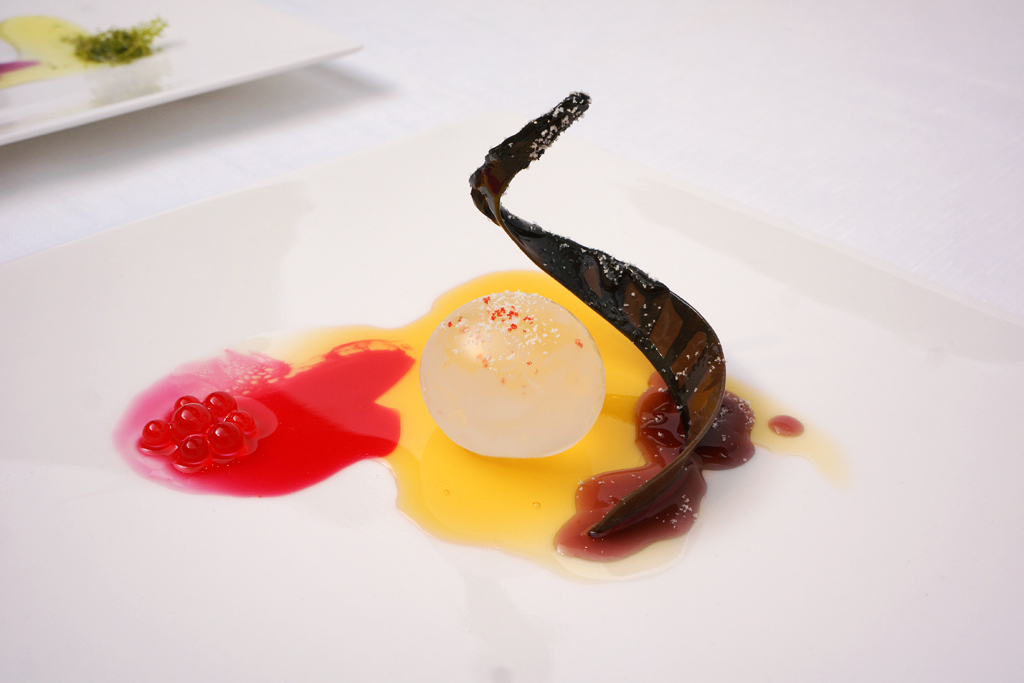
Minsu Kim’s conceptual food offering pulses and writhes on the plate and in your mouth as though it were alive. Graduating from London’s Royal College of Art in 2013, Kim investigates potential culinary experiences through developments in synthetic biology. The designer’s surreal proposition of Living Food, or rather, a sort of phantom food, once lifeless but now possessed, finds its lineage in haute cuisine and molecular gastronomy. Inspired by developments in the field of synthetic biotech, which has already started to create artificial life in organic forms, Kim became interested in the idea of breathing life into inanimate digestible objects.
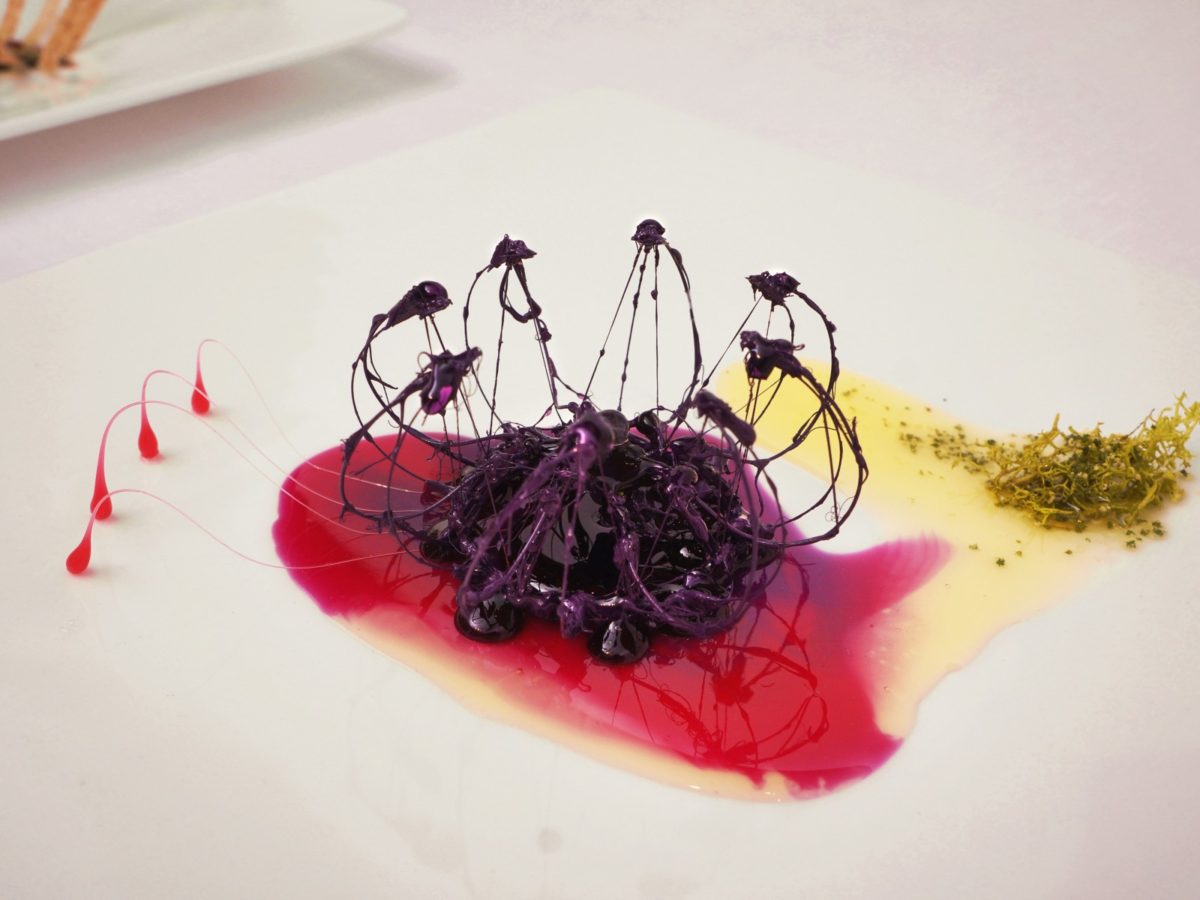
For this project, the RCA graduate designed a set of futuristic dining experiences where food behaves like a living creature, breathing and wriggling, entertaining consumers through a strange physical connection. Kim’s objective was to explore how food could evolve in the wake of emerging technologies. Treating food as a channel of aesthetic experience, the designer postulates: what if the food we consumed was treated as a fictional character? What if your meal was able to play with your cutlery and create hyper-sensations in your mouth?
The Fat Duck & Dinner By Heston || Heston Blumenthal
London-born Heston Blumenthal is a visionary chef well-known for his unconventional cooking methods and playful approach to food. At his award-winning Fat Duck restaurant in Berkshire, signature dishes include scrambled egg and bacon ice-cream, snail porridge, and Mock Turtle soup. Blumenthal is widely regarded as a gastronomic pioneer, owing both to his unusual combining of ingredients, and his outlandish design aesthetic.
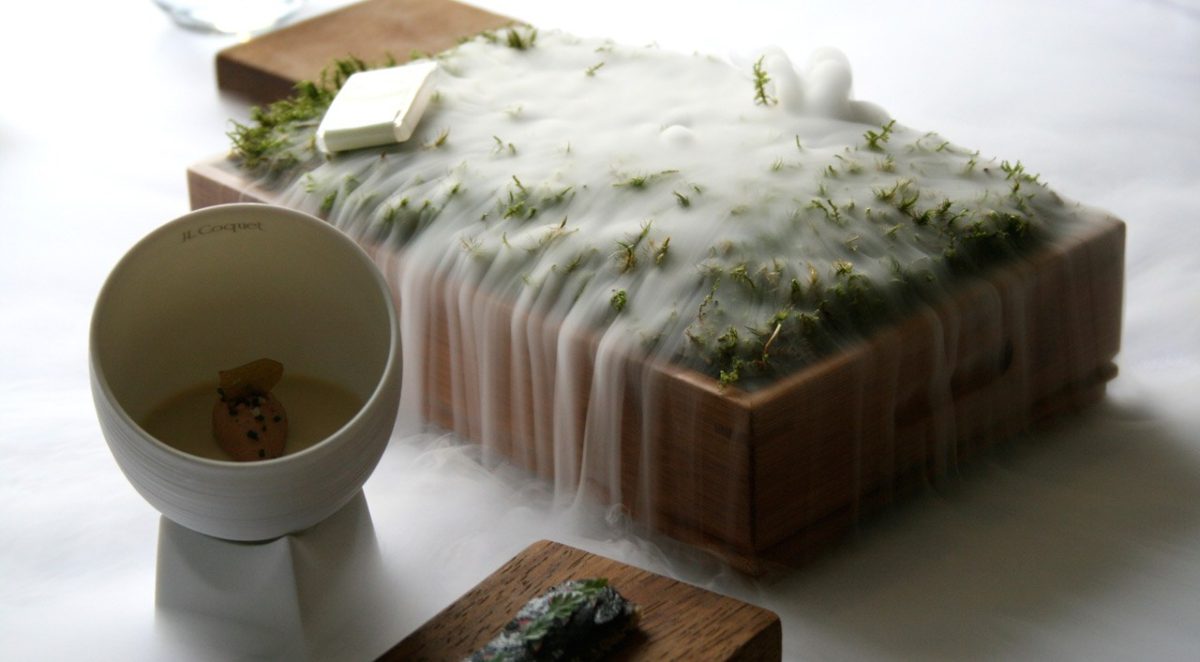
Growing up in London, the chef claims that his childhood had been devoid of tasty food: “I didn’t grow up with gastronomy. In England, olive oil was to pour into your ears. It was sold at chemists!” He left school with just one A-level in art, and at 18 he had a brief stint at Raymond Blanc’s Le Manoir, where he worked as an apprentice but left after only a week. After a string of odd jobs, which included, as he notes, “a door-to-door salesman, a debt collector, and even an accountant,” things changed for Blumenthal when he bought a run-down pub in Bray in 1995. The Fat Duck has become the jewel in his commercial crown, winning three Michelin stars, and earning Blumenthal much praise for his experimental dishes.
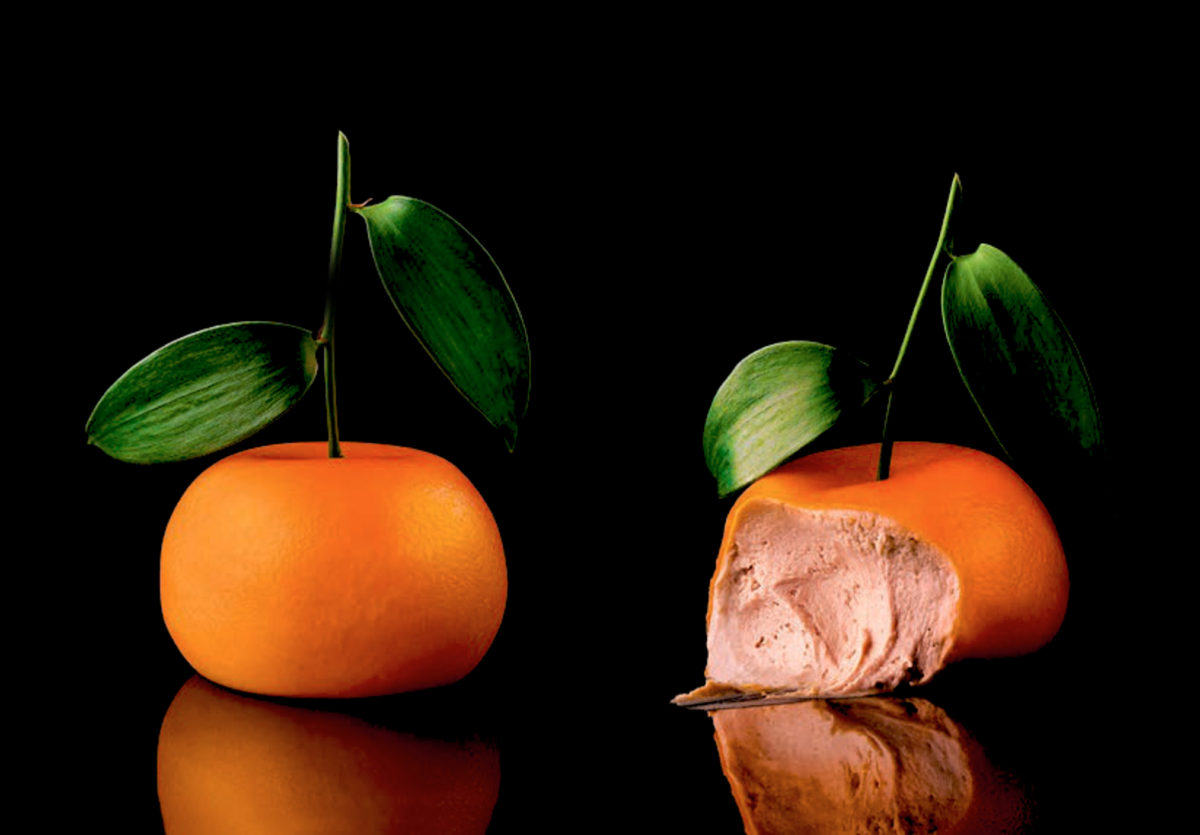
The chef’s exploration of nostalgia and memory, with a particular focus on childhood holidays, imbues his food with a strong sense of narrative. Blumenthal’s passion for the ‘multi-sensory’ experience, as he terms it, is the common thread which links his various restaurants’ menus together, including the dishes at his only London offering, Dinner by Heston Blumenthal at the Mandarin Oriental, Hyde Park.
KUFcakes || Kia Utzon-Frank

Clerkenwell Design Week saw Copenhagen native and multi-disciplinary designer Kia Utzon-Frank showcase and launch her brand KUFstudios on the London stage. Collaborating with Clerkenwell London via their ‘Design Undefined’ exhibit, she presented a variety of diverse designs, comprising of interiors, jewellery and culinary projects.
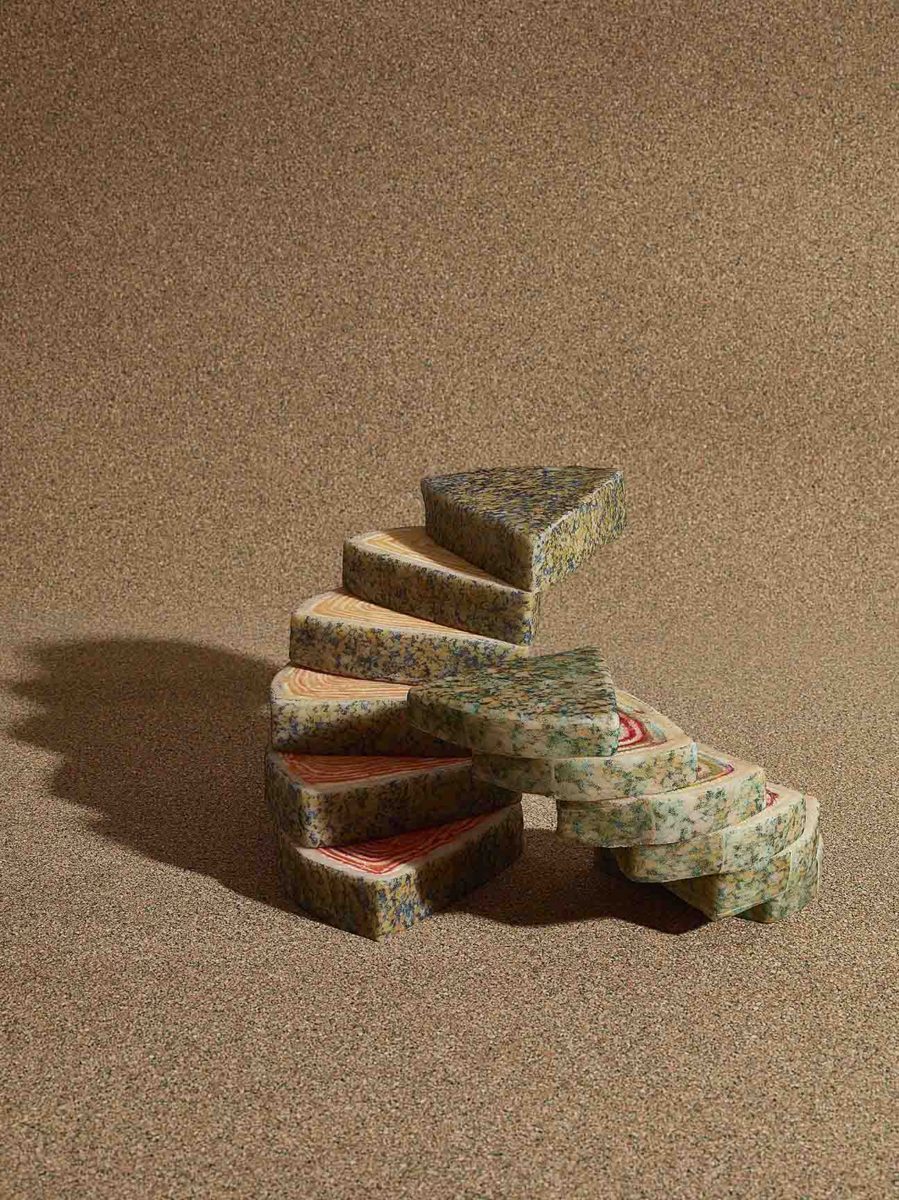
Utzon-Frank’s confectionary offering was perhaps the most memorable and striking of her repertoire. KUFcakes are equal parts sculpture, accessory, and dessert. The designer constructs smooth architectural treats resembling rock formations and marble collections. To achieve the striking effect, she uses a special printer, adorning sheets of marzipan before cladding her unique roll-cake creations. Inside, the thin layers of sponge create a multi-coloured gradient effect. Entirely bespoke, some of the cakes are cone-shaped, featuring geometric decorations, whilst others are spherical and painted in edible gold.